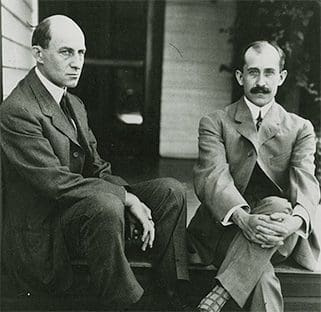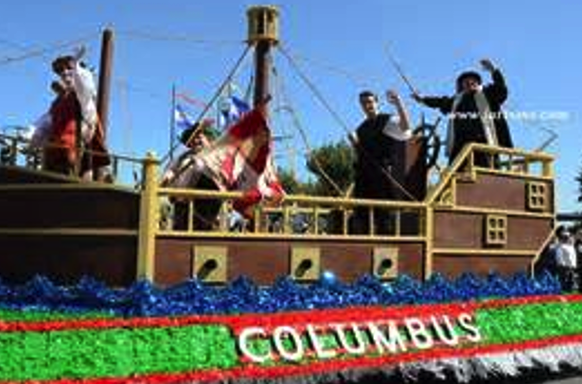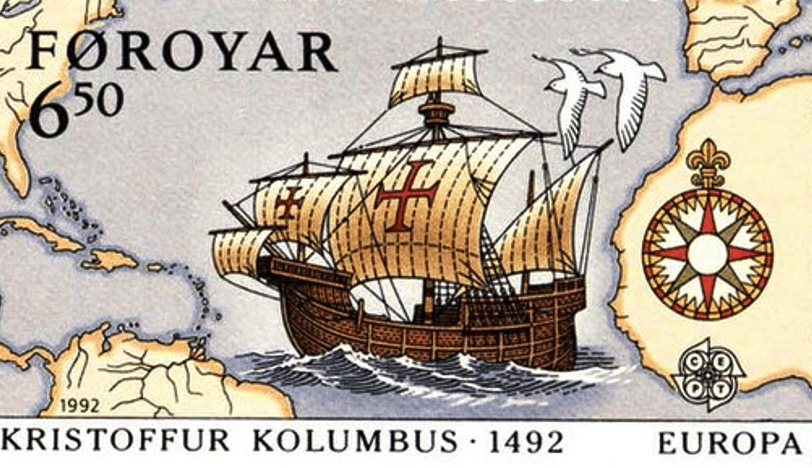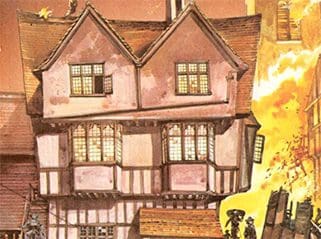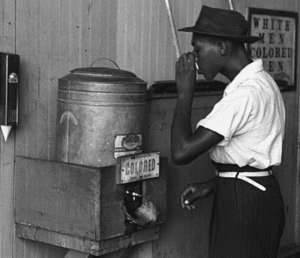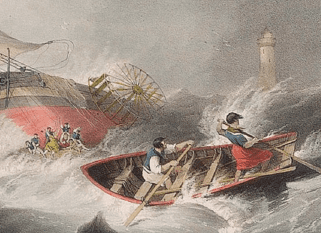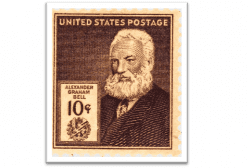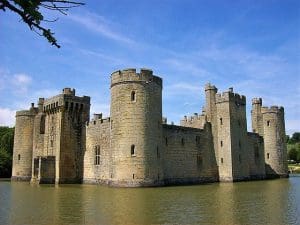
There are at least 6 ways you can help young children make sense of the past using your role play area.
1. Colourful Costumes
Having a range of costumes enhances the experience of re-enacting events from the past, as well as showing how clothes themselves have changed over the course of history.
2. Artefacts
Placing artefacts in the role-play area (for example, an old wooden washboard or a rotary dial telephone) gives children the opportunity to engage first-hand with primary sources in a meaningful context.
3. Images
Old photographs, drawings and maps, as well as child-produced images, will provide the children with visual cues to give them purposeful prompts for their play.
4. Displaying key words and questions
helps to reinforce specific historical vocabulary
5. Play equipment
Try to make the interior of your role-play area as historically accurate as you can. For example, if you are creating a cottage – perhaps as a focus on traditional tales – remove the usual plastic play furniture and equipment. Use wooden chairs, tin plates and clothes made from cotton or wool. The children can help you sort which objects would have been in a cottage ‘a long time ago’, and which should be taken out. This helps to reinforce the concepts of then and now.
6. Teachers take part too
The most effective role-play environments are ones where adults are fully involved in enabling and extending the children’s play: suggesting storylines, developing roles, addressing misconceptions, and modelling key historical language. This means of course, that as teachers, we need to spend time in the role-play area too!
This cameo, provided by the Historical Association describes one episode in the castle play are.
Rory was playing inthe role-play area in his Reception class. As part of their thematic learning based on ‘Castles’, the children had helped to turn the role-play area into a medieval castle. They loved constructing ‘stone’ walls using pier mâché, building turrets from recycled materials, and creating a moat using a range of blue and green shiny fabrics. Inside, the teacher had displayed images of different castles and key historical vocabulary such as ‘flag’ and ‘drawbridge’ and exotic words like portcullis that children just love, and never seem to forget. There was, crucially, a selection of costumes for the children to wear: gowns for the king and queen, knights’ armour ( the most popular!), and aprons for the castle servants. Rory put on the knight’s costume, and then went to look for the shield and sword to match. He spent a long time patrolling the outside of the castle
. ‘because the bad knights might come and attack’. He was able to explain that the crest on his shield ‘shows the side I am fighting on. Knights have swords to fight with and we wear helmets.’ Later, he was able to make some connections between the past and the present: ‘soldiers have tanks and helicopters now, not horses.’

